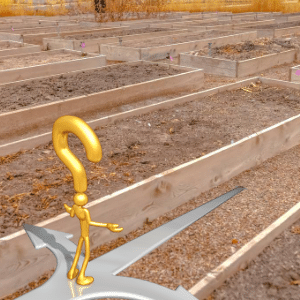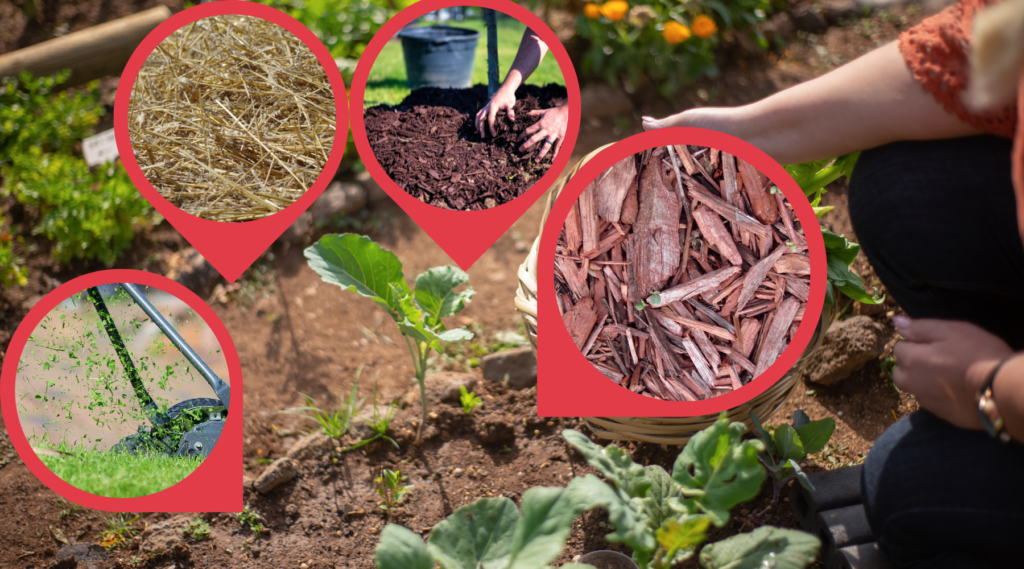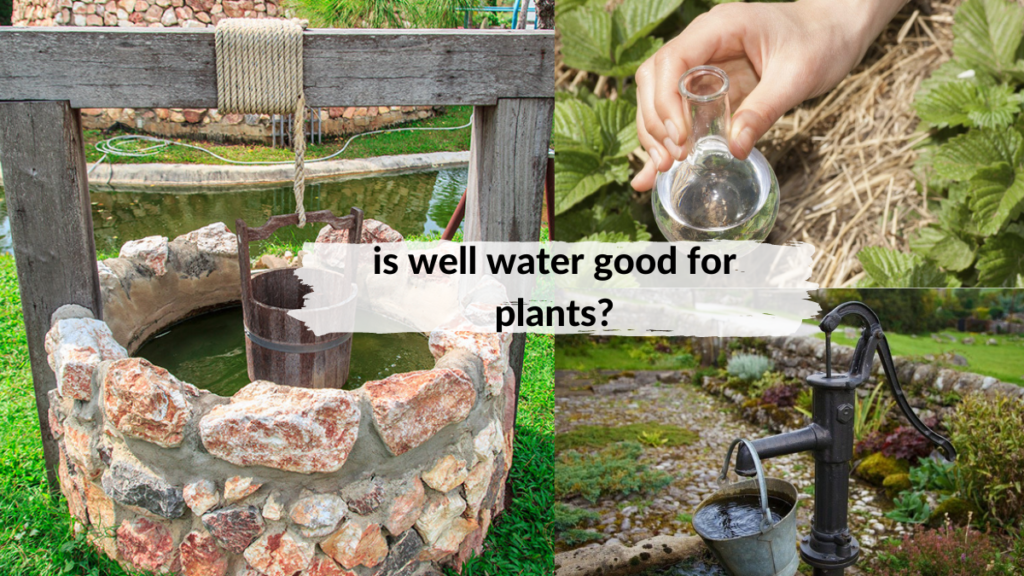There is no best size for raised garden beds, but you should have some ideas in mind on the size of the beds if you’re planning to build them. You can put the bed anywhere in your backyard as long as it can get at least eight hours of sunlight.
For starters, you should learn first the standard size of traditional rectangular raised beds. These beds are usually made from untreated and rot-resistant wood. Others prefer wood while some prefer the use of concrete blocks and others make use of galvanized metal for their beds.
what is the best size for a raised garden bed?
Generally, the measurement is about 4 feet in width by eight feet in length. It can also be three feet wide by six feet long. These basic measurements are enough to allow easy access.

These measurements will allow you to reach the plants on any side and make digging and weeding easier as well. Keeping such measurements will also lessen the risks of compacting the soil if you step into the garden.
Height is also an important aspect to consider in building your garden bed. When placing your raised bed on any hard surface like a hard-packed soil or a driveway, you should make sure that it is deep enough for plants to grow their roots.
When the height is too shallow, the roots will eventually reach the subsoil or the hard surface. When building the bed, a height that ranges from 10 to 12 inches is highly recommended.
what is the best size for raised garden beds? factors to consider in building the beds
There are several factors that you must consider thinking about when building your garden beds. For you to decide on the size, you’ll have to consider space limitations, soil conditions, and physical comfort.
factors to consider when deciding on the width and length of the bed

- When deciding on the dimensions of your bed’s frame, you have to consider your space constraints. You have to leave enough space for you to walk around when tending to your garden.
- You must assess your reach. You should be able to reach the center of the bed when reaching from any side of the bed. This should prevent you from stepping in the garden, especially when you have already started planting.
- For most people, it would limit the width to at least 4 feet. If the space available is only accessible from one side, then this will limit the width to about 3 feet.
- The length will only be limited to the size of your garden as well as the available building materials.
factors to consider when deciding on the bed’s height

- The height of most beds varies from six to twelve inches, while some build theirs to as high as 36 inches.
- The worse the current underlying soil is, the deeper the bed should be. This will maximize the amount of good soil mix for your plants.
- Also, the deeper the bed means there is more root zone for plant roots to grow. It will also hold more amount of soil and maintain more moisture. This will eventually reduce the amount of watering you’ll have to do in the future.
- When the sides are taller, the soil will place more weight on them. This means that you have to use a thicker type of wood for the frame. If you can’t find a thicker option, you’ll have to build cross supports. This will prevent the wood from bowing due to pressure.
- Also, the taller the sides will make it easier for someone using a wheelchair to reach the beds.
factors to consider when deciding on the spacing between beds

- Smaller beds allow you to walk around various parts of the garden. A distance of at least 2 feet between the beds is enough to access all beds.
- Experts also recommend a space of about 4 feet to ensure maneuverability and make sure that all plants get ample amounts of sun.
- If there are grassy areas between the beds, you’ll have to make enough space for your mower to pass through and clear the pathways when the grass needs mowing.
- The spacing should also be considered for letting a wheelchair user move around without difficulty.
Considering these factors, you’ll slowly figure out the best size of the bed that will give your optimal results in growing whatever plants you want.
best emitter tubing size for raised bed garden

In creating your watering systems, you don’t have to consider the length of your bed, as it is more important to have enough number of lines depending on the width of the bed.
Creating fewer lines will leave gaps in water coverage. On the other hand, creating too many drip lines will only waste more water, clutter the bed’s surface, and promote weeds.
For a bed that is 4 feet in width, there should be three lines for the drip systems. One should be running down the center and one on each side of the bed, which should be 16 inches from the middle line. If the bed is 3 feet wide, creating two lines that are 18 inches apart will be enough to keep the soil moist.
Avoid using systems that need glue or clamps as these only make the system complicated and are not seen effective. For your drip irrigation system, use a solid feeder line that can come up on the side of your frames from the ground level.
You can also install a manual shut-off valve. This will make it easier for you to turn off the water for beds that you aren’t using.
best size raised garden bed for small spaces
The best size for raised garden beds especially for those small spaces still depends on the actual space available. Aside from the factors mentioned above, there are still other things that will help you determine the size of the bed that is most suitable for your area.
when it comes to width…
Since the major goal is to alleviate the need for stepping into the garden, you must always think about the easy access from all sides. If you have children, a width of 3 feet is enough, while a width of 4 feet is enough for adults.
On the other hand, a width of 2 feet for children and 3 feet for adults should be built when considering wheelchair access. One raised bed is enough to grow different crops at once, especially if you have limited space for gardening.
when it comes to length…
Unlike the width, the length is not that critical when deciding on the size. However, you must keep in mind that you wouldn’t want to build a very long bed as it can be a hassle to work and walk around it.
Since the materials available will determine the length of the bed, you must keep in mind that the cost of the wood may increase when the length is over 12 feet.

when it comes to height…
Building a taller bed means more imported soil is needed. However, you can always build a bed that is around 10 inches deep but is elevated with blocks or legs.
This is also an ideal solution for those that require wheelchair access. Considering the height of different gardeners is also important in this part. This also saves you from spending more on imported soil.
An important thing that you must keep in mind is that you have to build a sturdy bottom to hold the entire weight of the soil especially when it is wet. It should be strong enough to still drain water from the soil.
When growing a vegetable garden, the height will also be determined by the plants you want to grow. If you are growing root crops, then it should be high enough for these crops to thrive.
when it comes to pathways…
It is always best that you consider creating a pattern that will allow access to all parts of the garden. If you will build several beds, it is recommended that you create a wider central path to provide enough room for accessing all beds from the center.
More than one pathway must be created if you have a very large garden. However, if you have a small space available, just considering the space around the bed is enough to create a pathway with sufficient spacing.

You just have to make sure that the space around the bed or beds will make you and other gardeners comfortable when tending to their garden. Whether the gardener is maneuvering around the garden on foot or by a wheelchair, proper pathway spacing will make gardening easier and more accessible for them.




